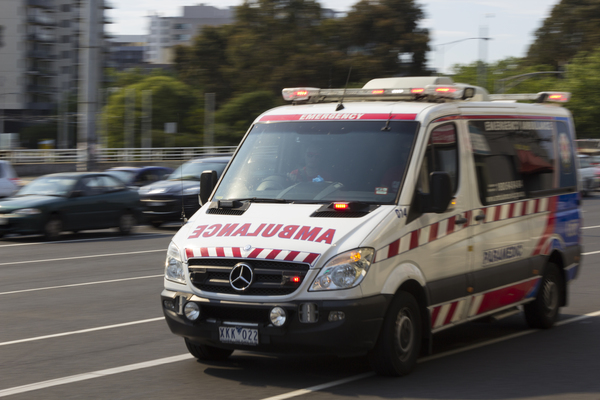By Casey Neill
Thunderstorm asthma caused emergency patient numbers to double at Dandenong and Casey hospitals.
Demand peaked between 6pm on Monday 21 November and 6am on Tuesday 22 November, as it did at hospitals across Melbourne.
Included in those who presented to the Dandenong Hospital Emergency Room were three patents who remain in the intensive care unit with serious respiratory conditions caused by the freak weather event.
Monash Health head of allergy, Dr Sarah Barnes, said the thunderstorm asthma phenomenon occurred about once every five years.
“It’s a phenomenon whereby grass pollens release a number of their allergic particles in the rain or the humidity, which are then able to get into the lungs,” she said.
“Generally speaking, most of people affected by thunderstorm asthma have a history of hay fever, but many have not necessarily experienced asthma.”
A Monash Health spokeswoman said that 179 patients presented to the Dandenong Hospital emergency department during the 12- hour period, with 148 patients presenting to the Casey Hospital emergency department.
More than half presented due to thunderstorm asthma and respiratory problems.
In a similar weeknight timeframe, she said, the figures would be 95 patients at Dandenong and 78 at Casey.
The demand prompted a whole of hospital response.
Across the state, triple-zero received about 1900 calls for ambulance between 6pm to 11pm, up from an average of about 345.
Ambulance Victoria emergency operations executive director Mick Stephenson said “we essentially had a day’s workload within five hours”.
“In the 15 minutes from 7pm when we would expect about 30 triple-zero calls for ambulance, there were 200 calls – that’s a call every 4.5 seconds,” he said.
“This was an extraordinary and unpredictable increase in demand in a very short period of time.
“All our staff stepped up to respond under incredibly difficult circumstances, and by the early hours of the morning our activity returned to normal.”
Mr Stephenson said Ambulance Victoria had undertaken extensive planning for unforeseen events and enacted its escalation processes to meet demand.
This included recalling paramedics and managers to duty and putting on about 50 extra ambulances, extra patient transport vehicles, and extra staff in the communications centre and referral service.
They called back patients who were waiting for an ambulance to check on their conditions and worked with hospitals to clear congestion.
Police checked on the welfare of about 12 patients who Ambulance Victoria was unable to reach when calling back.
MFB firefighters also assisted with response to 11 cases, one of which required transport to hospital by ambulance.







